Slide 1:
The origins of the Silk Road
Western origins and Eastern origins
Sericulture in China
The importance of silk in Chinese society
Impact of the silk trade in the East
Transfer of design and culture from West to East
Greco-Roman, Buddhist, Persian, Christian
Impact of the silk trade on the West
Transfer of technology from East to West
Political implications of the silk trade
The end of the Silk Road
Slide 2: The Silk Road
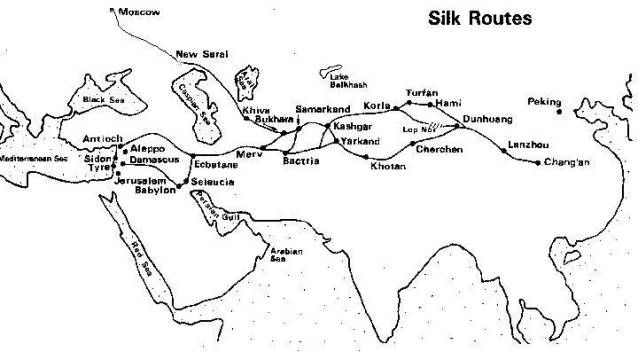
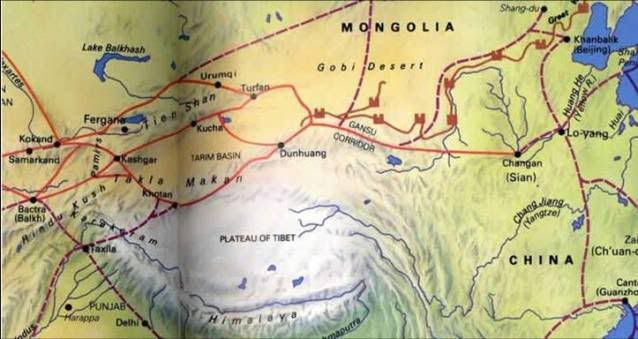
Slide 3: Alexander the Great goes East
329 BC – Alexander founds Alexandria Eschate
Ca 200 BC – First known contact between China and the West (Alexander’s heirs)
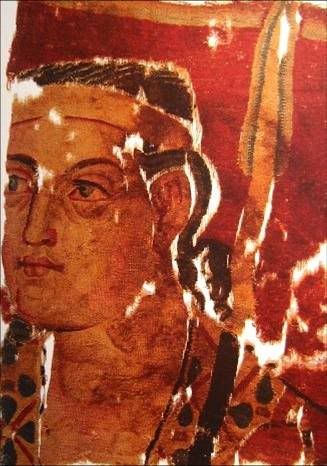
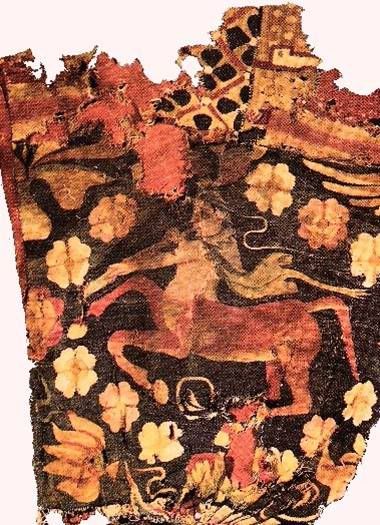
Sampul tapestry ca 300 BC. Xinjiang Museum, Urumqi, China
Slide 4: China goes West
Ca 130 BC -ambassadors sent to central Asia
27-14 BC – ambassadors sent to Rome
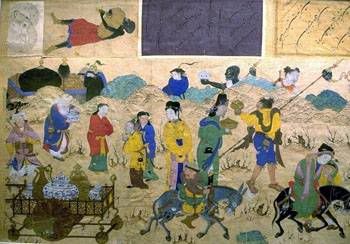
Abduction of a lady with her porcelains
Slide 5: Sericulture and the trade in Chinese silk
3,000 BC – Yellow Emperor and Empress bring silk to Chinese
1,600 BC – first fragments of silk found in Chinese tombs
2nd century BC – silk comes in to common usage in China, embroidered silk from China reaches the Mediterranean
2nd century AD - silk is a major element in Chinese economy
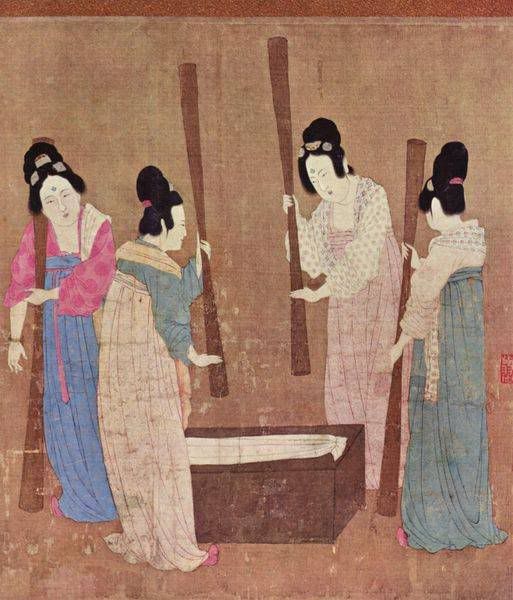
Women involved in silk production, ca 1200 AD
Slide 6: Silk in Chinese Society
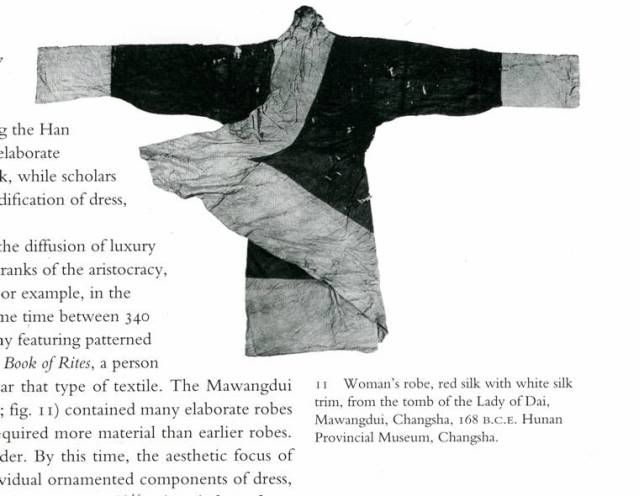
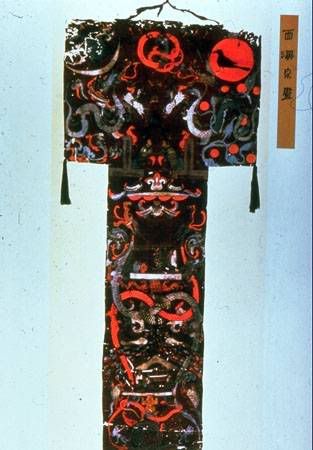
The tomb of Lady Dai, 168 BC
Slide 7: Impact of the Silk Road Trade on the East
Culture and design moves eastward.
Greco-Roman
Buddism
Persian
Christianity
Towns along the Silk Road rise in importance.
Dunhuong

Chinese jade and steatite plaques, in the Scythian-style animal art of the steppes. 4th-3rd century BC. British Museum.
Slide 8: Buddhism travels on the Silk Road
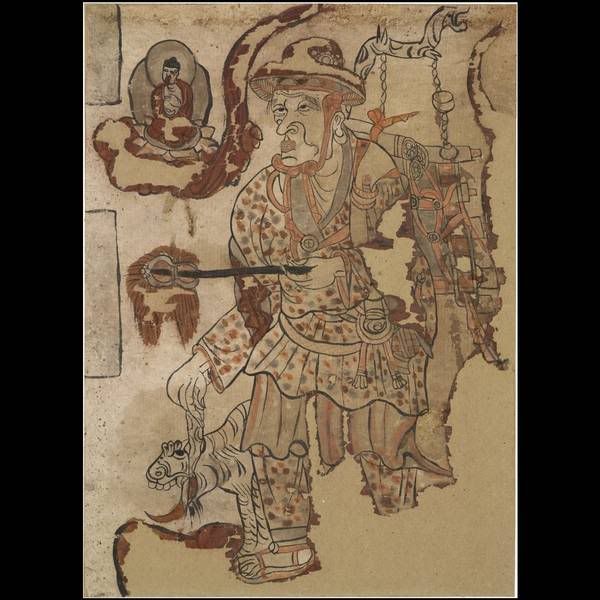
Travelling monk, ink and colours on paper: on the silk road
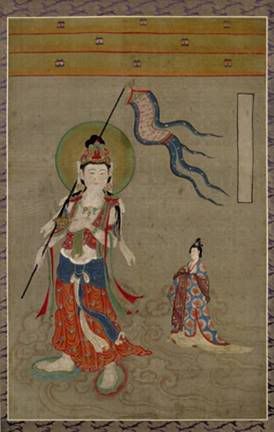
Avalokitesvara as a guide of souls, ink and colours on silk: Woman being led to Amitabha (the Buddhist paradise) by the bodhisattava Avalokitesvara.
Both images from Mogao, near Dunhuang, Gansu province, China, Five Dynasties or Northern Song Dynasty, 10th century AD
Slide 9: Persian designs travel on the Silk Road
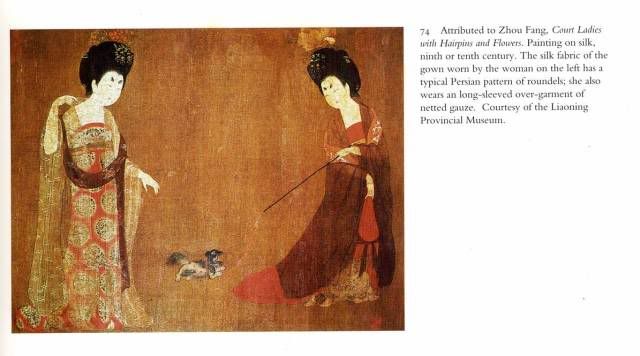
Slide 10: Christianity moves East
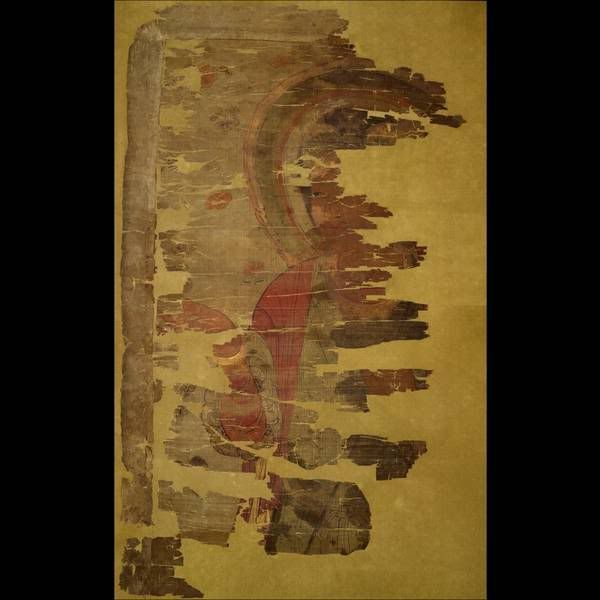
A Christian figure, ink and colours on silk (fragment)
From Cave 17, Mogao, near Dunhuang, Gansu province, ChinaTang dynasty, 9th century AD
Slide 11: Impact of the silk trade on the West
Technology move west
Crossbow?
Sericulture
Gunpowder
Silk in the West
Towns and cities along the Silk Road rise in importance
Constantinople
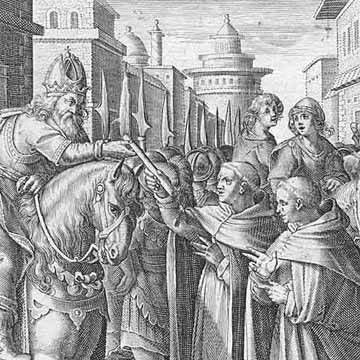
Monks bringing silk worms to the emperor
Slide 12: Eastern silk in the West
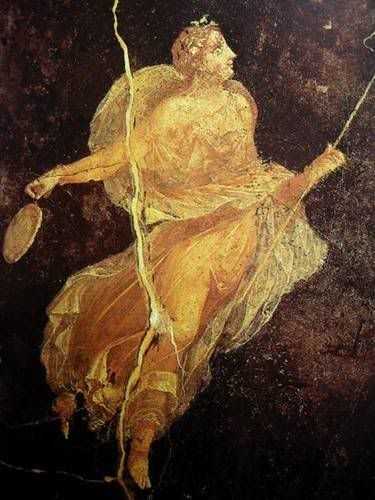
Maenad in silk dress, Naples National Museum.

Marco Polo at the Court of Kublai Khan, ca. 1280
Slide 13: Constantinople and the silk trade
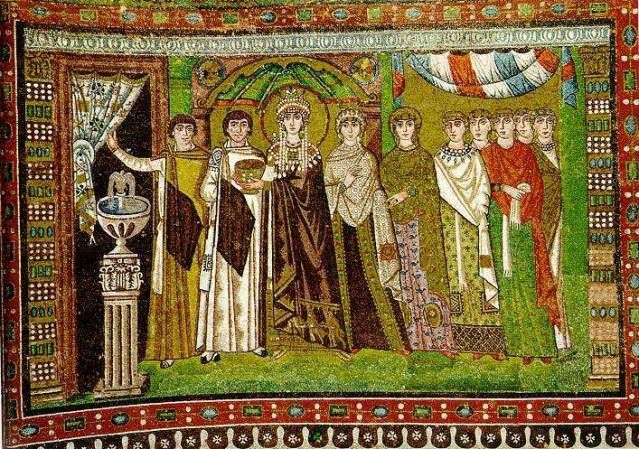
Empress Theodora and her retinue, from the Basillica of San Vitale, Ravenna, Italy, 548 AD
Slide 14: The end of the Silk Road
1250-1360 – Mongol Empire expands to take over most of Central Asia
1405 – Fall of Mongol Empire
Sea routes carry trade around India
Rise of silk industry in the west – Constantinople silk weavers move to Italy
Economic isolation in the east
Cities and towns along the Silk Road loose their importance
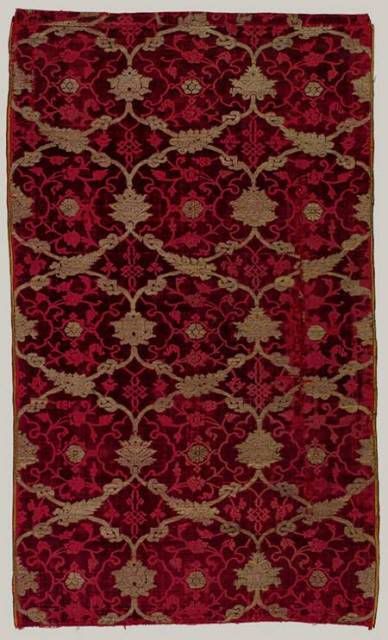
Loom-width piece of velvet, late 15th century. Probably Bursa, Turkey, possibly Venice. Silk velvet pile and voided areas brocaded with silver-gilt-wrapped silk wefts. Metropolitan Museum of Art
I am actively drooling over te last bit of velvet. its like..its like fabric porn!!!
ReplyDelete